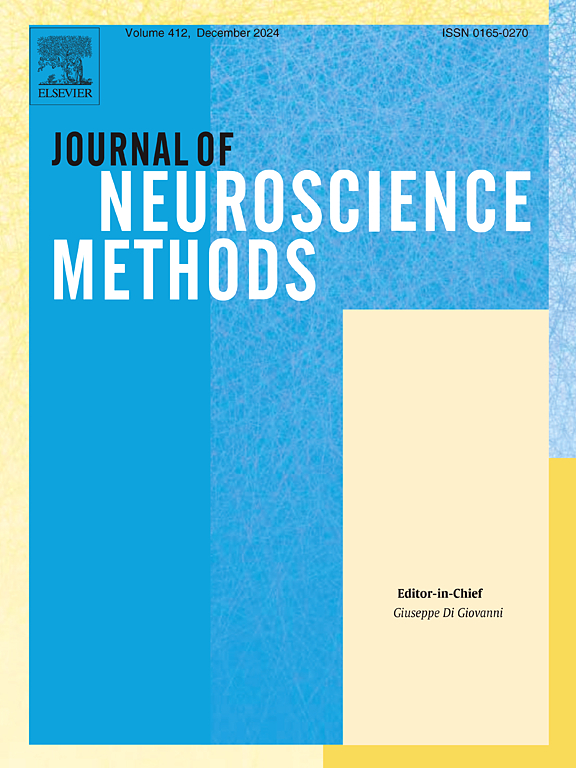瞳孔测量法对听故事时的语音掩蔽很敏感:对时间趋势建模的关键作用的评论。
IF 2.7
4区 医学
Q2 BIOCHEMICAL RESEARCH METHODS
引用次数: 0
摘要
瞳孔增大是听力强度的一个重要指标,例如在听被噪声掩盖的语音时。具体来说,瞳孔会随着信噪比的降低而放大。越来越多的研究旨在使用连续语音(如口语故事)评估自然条件下的听力强度。然而,最近的一项研究发现,只有在听句子时,瞳孔大小才会对语音掩蔽敏感,而在自然条件下听故事时,瞳孔大小则不会。瞳孔通常会随着实验块或实验环节中任务时间的增加而缩小,在使用较长的连续刺激的范式中,可能有必要在实验设计和数据分析中考虑这一时间趋势。在当前的研究中,我们重新分析了之前发表的瞳孔数据,考虑到随机化和任务时间的限制,并利用这些数据概述了使用线性混合模型考虑生理数据时间趋势的方法论解决方案。结果表明,与之前的研究不同,即使在连续听故事的过程中,瞳孔大小确实对语音掩蔽很敏感。此外,考虑时间趋势还能进一步模拟语音掩蔽对瞳孔大小的影响随着连续故事的展开而发生的动态变化。在证明了在分析经验数据时考虑时间趋势的重要性之后,我们提供了使用线性混合模型分析实验数据中时间趋势的模拟、方法考虑和用户建议。本文章由计算机程序翻译,如有差异,请以英文原文为准。
Pupillometry is sensitive to speech masking during story listening: A commentary on the critical role of modeling temporal trends
An increase in pupil size is an important index of listening effort, for example, when listening to speech masked by noise. Specifically, the pupil dilates as the signal-to-noise ratio decreases. A growing body of work aims to assess listening effort under naturalistic conditions using continuous speech, such as spoken stories. However, a recent study found that pupil size was sensitive to speech masking only when listening to sentences but not under naturalistic conditions when listening to stories. The pupil typically constricts with increasing time on task during an experimental block or session, and it may be necessary to account for this temporal trend in experimental design and data analysis in paradigms using longer, continuous stimuli. In the current work, we re-analyze the previously published pupil data, taking into account a problematic constraint of randomization and time-on-task, and use the data to outline methodological solutions for accounting for temporal trends in physiological data using linear mixed models. The results show that, in contrast to the previous work, pupil size is indeed sensitive to speech masking even during continuous story listening. Furthermore, accounting for the temporal trend allowed modeling the dynamic changes in the speech masking effect on pupil size over time as the continuous story unfolded. After demonstrating the importance of accounting for temporal trends in the analysis of empirical data, we provide simulations, methodological considerations, and user recommendations for the analysis of temporal trends in experimental data using linear mixed models.
求助全文
通过发布文献求助,成功后即可免费获取论文全文。
去求助
来源期刊

Journal of Neuroscience Methods
医学-神经科学
CiteScore
7.10
自引率
3.30%
发文量
226
审稿时长
52 days
期刊介绍:
The Journal of Neuroscience Methods publishes papers that describe new methods that are specifically for neuroscience research conducted in invertebrates, vertebrates or in man. Major methodological improvements or important refinements of established neuroscience methods are also considered for publication. The Journal''s Scope includes all aspects of contemporary neuroscience research, including anatomical, behavioural, biochemical, cellular, computational, molecular, invasive and non-invasive imaging, optogenetic, and physiological research investigations.
 求助内容:
求助内容: 应助结果提醒方式:
应助结果提醒方式:


